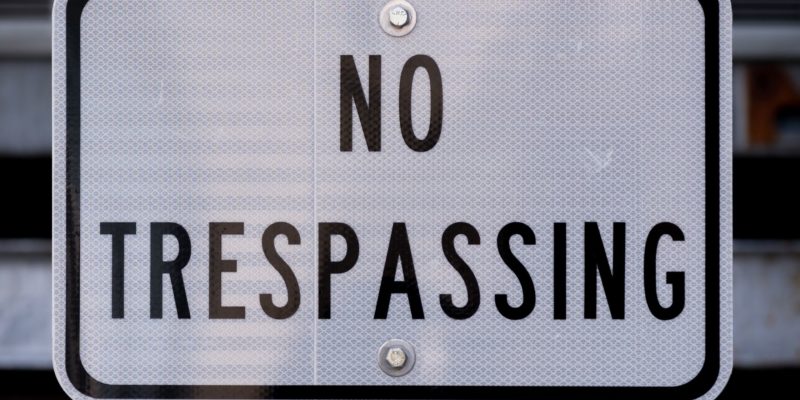Homelessness is not the “invisible” problem it once was, and it’s not going away anytime soon. The New York Times states, “America’s homelessness problem has the makings of an acute crisis. Shelters across the U.S. are reporting a surge in people looking for help, with wait lists doubling or tripling in recent months. The number of homeless people outside of shelters is also probably rising, experts say. Some of them live in encampments, which have popped up in parks and other public spaces in major cities from Washington, D.C., to Seattle since the pandemic began. In the following blog you will learn how to protect your facility from homeless intruders.
Homelessness has become an out-of-control crisis, and the rate of inflation is aggravating the problem: Rents have increased at the fastest rate since 1986, putting housing out of reach for many Americans. Because people are on waiting lists for shelters, homeless encampments are appearing in many large cities. Out of desperation, numerous people are illegally moving into self storage units.

Homeless Intruders: A Storage Unit is Meant to Store Possessions Not People
There are good reasons why living in a self storage unit is prohibited by local and federal housing laws.
First of all, it’s illegal to live in an area not zoned for residential use. Secondly, it’s unsafe. A man was found dead inside a storage unit after the facility caught fire. Finally, the police have had to remove people from storage units due to health concerns.
As a storage owner/operator, your primary obligation is to your paying tenants. Protecting their possessions as well as their safety should be your most important consideration. Letting anyone live in a unit is dangerous, irresponsible, and illegal.
To safeguard against the risk of loss, you can offer your tenants a Storage Shield Tenant Protection Plan. It gives your customers peace of mind that their possessions are protected against vandalism and other unforeseen events.
Be Vigilant and Use Common Sense
Maintain No-Nonsense Security Standards
Keep a gate log and check video recordings against your log. Do regular walk-throughs of the property, and inspect storage units on a consistent schedule. Conceivably, people who are planning to live in a unit will be deterred by your watchfulness.
Be Suspicious of Unusual Activity
Managers should trust their instincts by watching for unusual activity in gate access logs and on videos. Much of the homeless population has been living on the street for a long time, and they learn how to exploit certain situations.
Train your managers to safely approach tenants (see below) who they find living in a unit. They need to be evicted immediately or both the tenant and the owner could face criminal charges. If children are involved, the consequences will be even more serious.
Keep Detailed Records and Approach with Caution.
- Never approach anyone alone. Always call the police. Some of these individuals may be under the influence of drugs and alcohol or mentally ill. They can become aggressive or violent.
- Keep consistently detailed records. The police will require security footage, gate log records, keypad activity, manager-on-duty records, payment history, and more. This material will be invaluable if the tenant takes legal action against the facility.
- Protect your property by increasing security and fostering a cooperative relationship with the police.
Make Lease Agreements Straightforward
There is no room for misunderstanding. Your lease agreement should be unquestionably clear on the rules against living in a unit. If your property is in a city with a serious homeless problem, this information should be reviewed in detail with every new tenant. When people are desperate they don’t always act in their own best interest, or they may be too overwhelmed to consider anyone else.
Use Common Sense
We all feel compassion for people who are forced into a situation that leaves them without a place to live. It’s sad and frustrating, especially when children are involved. This systemic problem needs to be addressed with sensitive, common-sense solutions, not by aggravating the problem with illegal actions.
If you want to help, contact one of the many organizations that have the appropriate resources to get them the assistance they need.




